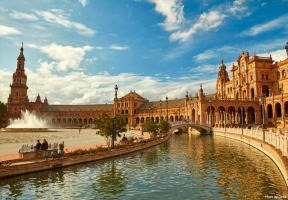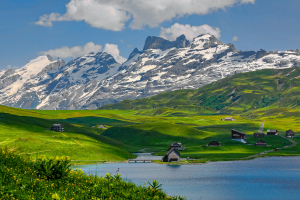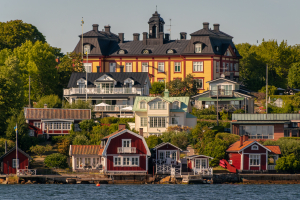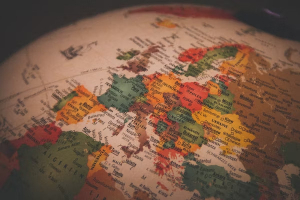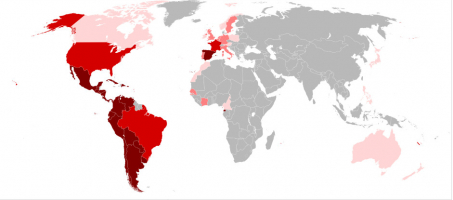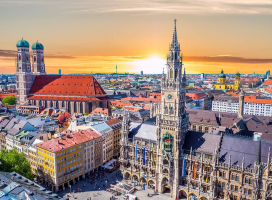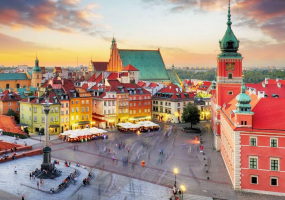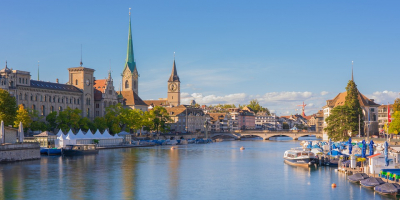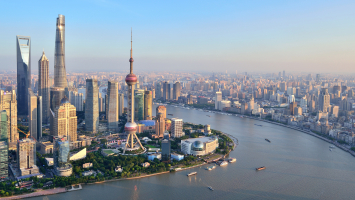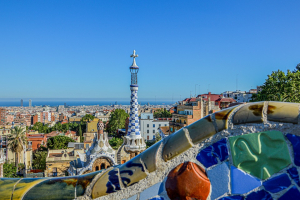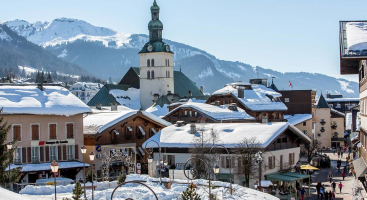Top 12 Most Populated Countries in Europe
The diverse continent of Europe is home to a mosaic of nations, each with its own population story. In today's article, Toplist would like to introduce the ... read more...most populated countries in Europe. From bustling urban centers to tranquil rural landscapes, these countries hold the key to understanding the demographic tapestry that shapes the heart of Europe.
-
Russia holds the distinction of being the largest country in Europe in terms of both land area and population. With a population of 146 million individuals, the country ranks as the 9th most populous nation globally, contributing to a significant 16% of Europe's total population.
Russia is a transcontinental nation, boasting a vast land area of which approximately 75% is situated in the continent of Asia. The European region boasts a substantial population of more than 110 million individuals, accounting for a significant 78% of the overall populace.
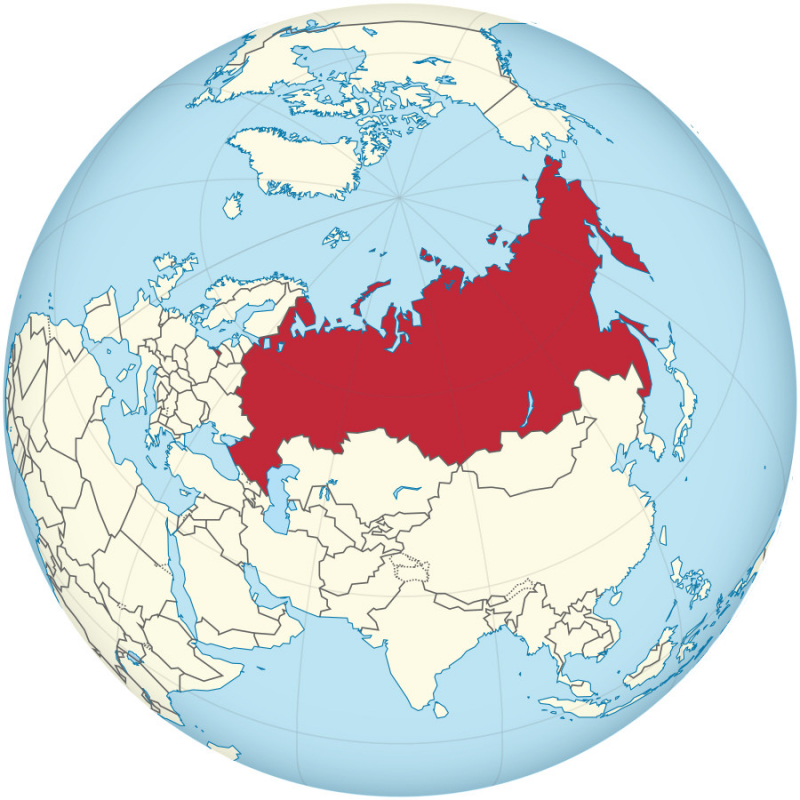
Russia on the globe - Photo on Wikimedia Commons 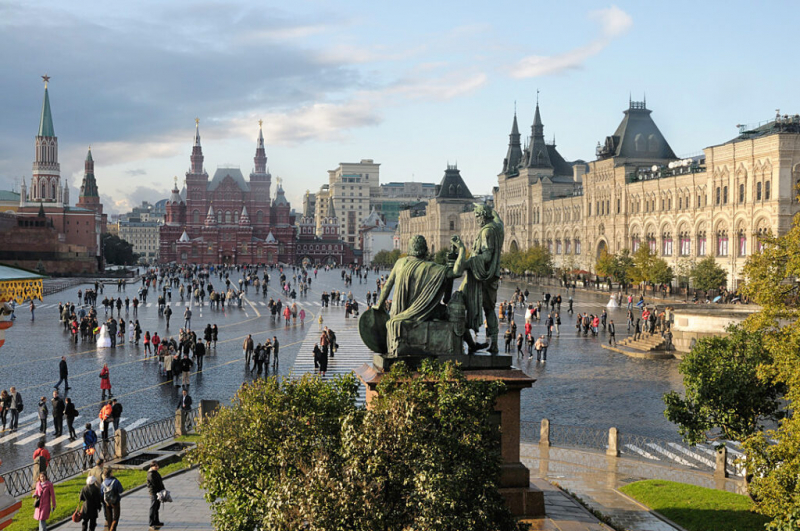
Photo on Agenzia Nova -
Turkey's population was 85.2 million as of December 31, 2022, with a 0.55% annual growth rate. The Turks are the most numerous ethnic group, followed by Kurds. However, population figures can change over time due to births, deaths, and migration. Also, it's important to note that Turkey's population is distributed across both its European and Asian parts.
The percentage of Turkey's landmass that lies within the European continent is a bit higher than 3%. It's closer to 3-5% of the total land area. The vast majority of Turkey's land, however, is situated in Asia.
The population of the European part of Turkey, often referred to as Eastern Thrace, is indeed around 12 million people. This region includes cities like Istanbul, which is one of the most populated cities in the world.The position of Turkey is a subject of debate. Overall, Turkey's geographical and demographic position makes it an interesting and diverse country with connections to both Europe and Asia.
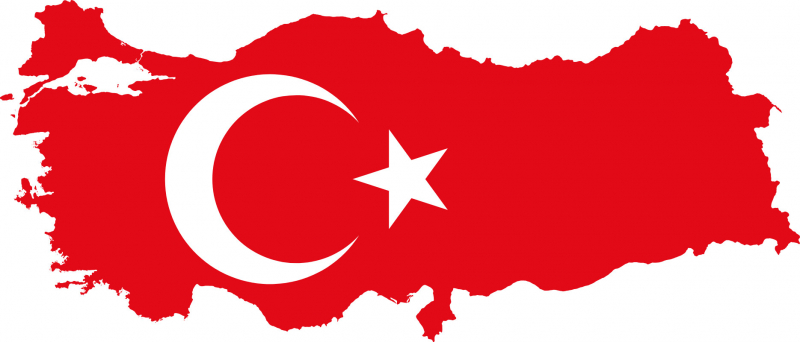
Turkey on the globe - Photo on Wikimedia Commons 
Turkish woman in Ottoman costume - Photo on Wikimedia Commons -
The population of Germany currently stands at 83,290,127 as of Wednesday, August 9, 2023, according to the latest United Nations data elaborated by Worldometer.
Germany is a country located in Central Europe. It is known for its rich history, vibrant culture, and strong economy. The estimated population for the year 2023 is projected to be 83,294,633 individuals at the midpoint of the year.
The population of Germany is equivalent to approximately 1.04% of the total global population. Germany is positioned at the 19th spot on the list of countries (and dependencies) based on population. Germany has a population density of 239 individuals per square kilometer (619 people per square mile).
The total land area of the region measures 348,560 square kilometers (134,580 square miles).
According to recent data, the urban population in 2023 is estimated to be approximately 64,200,283 individuals, accounting for a significant proportion of 77.1% of the total population.
Germany has a median age of 44.9 years, making it a country with a relatively mature population.
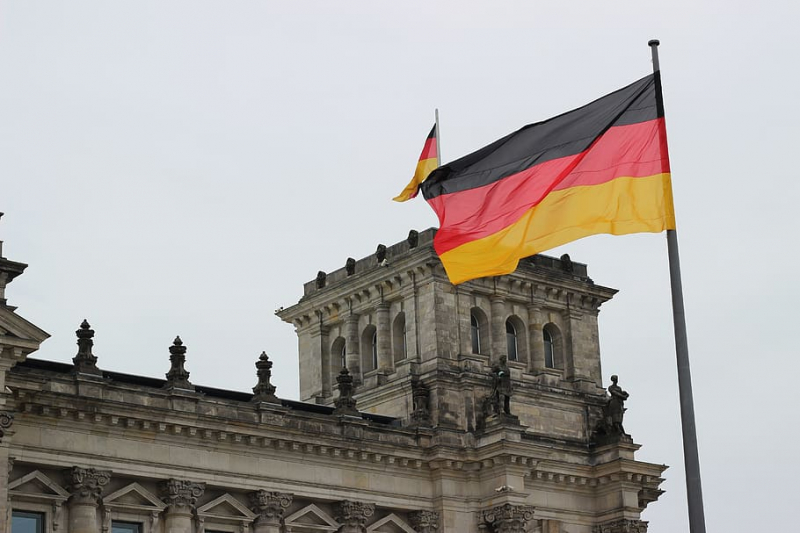
Photo on Pxfuel 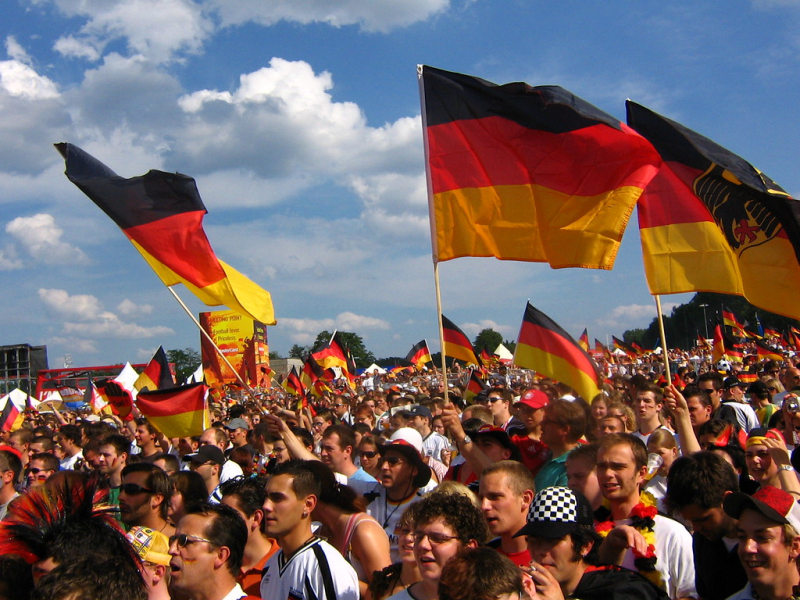
Photo on Flickr -
The United Kingdom's population stands at 67,760,765 as of Wednesday, August 9, 2023, according to the latest data from the United Nations, as analyzed by Worldometer.
The estimated population of the United Kingdom in 2023 is approximately 67,736,802 individuals as of mid-year.
The population of the United Kingdom accounts for approximately 0.84% of the global population. The United Kingdom is positioned at the 21st spot on the list of countries and dependencies ranked by population.
The United Kingdom has a population density of 280 individuals per square kilometer (725 people per square mile).
The total land area of the region is 241,930 square kilometers (93,410 square miles).
According to recent data, the urban population accounts for an impressive 85.5% of the total population, translating to approximately 57,900,076 individuals as of 2023.The United Kingdom boasts a median age of 40.1 years, reflecting the demographic composition of the nation.
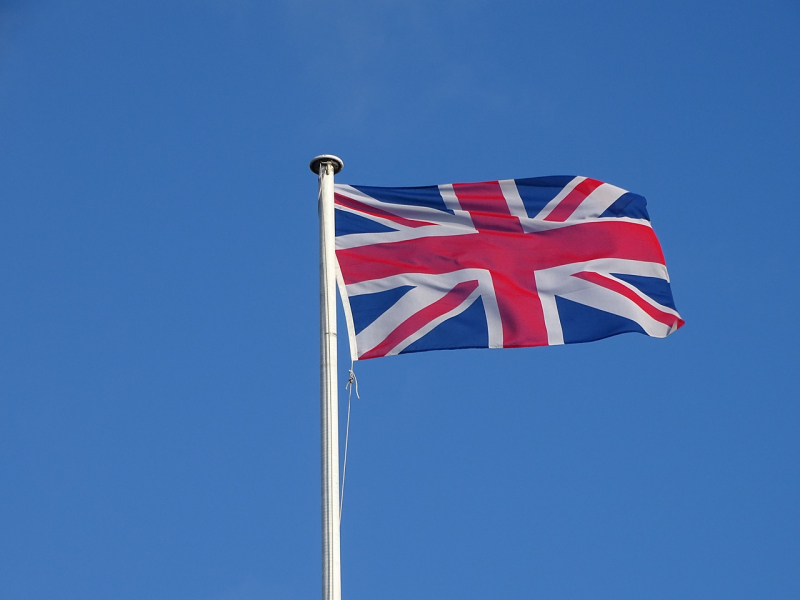
Photo on Pixabay 
Photo on Flickr -
France's estimated population in 2023 hovers around 64.8 million, positioning it as the 23rd most populous nation worldwide, including its dependencies. The country boasts a population density of approximately 118 individuals per square kilometer (306 per square mile), indicating a notable concentration of inhabitants.
An impressive 83.9% of France's populace calls urban areas home, showcasing a remarkable level of urbanization. The median age of the population stands at 42.0 years, indicating a mature demographic with a substantial proportion within the working-age bracket.
France's land area spans about 547,557 square kilometers (211,413 square miles). With its population representing roughly 0.8% of the global total, France's demographic significance on the world stage is undeniable.

Photo on Wallpaper Flare 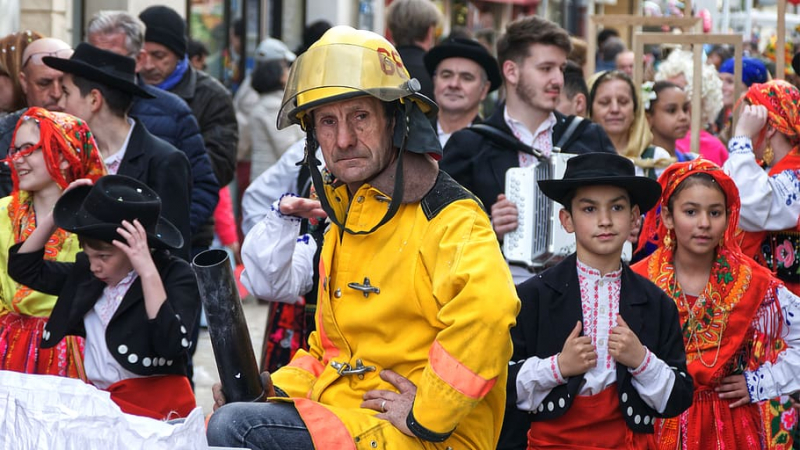
Photo on Wallpaper Flare -
As of August 9, 2023, Italy's current population stands at approximately 58.9 million, based on Worldometer's elaboration of the latest United Nations data. Italy's population accounts for 0.73% of the total global population, positioning it as the 25th most populous country, including both its territories and dependencies.
The population density in Italy is notable, with 200 individuals per square kilometer (518 per square mile) residing within its boundaries. Urbanization is a significant trend, as 71.9% of Italy's population, totaling around 42.3 million people, resides in urban areas. The country's median age is 47.7 years, indicating a mature population with valuable experience and diverse perspectives.
Italy spans a total land area of 294,140 square kilometers (113,568 square miles), providing a vibrant and culturally rich backdrop for its populace. Its significant presence, equivalent to 0.73% of the world's population, highlights Italy's enduring importance on the global stage, both in terms of its demographics and its historical and cultural contributions.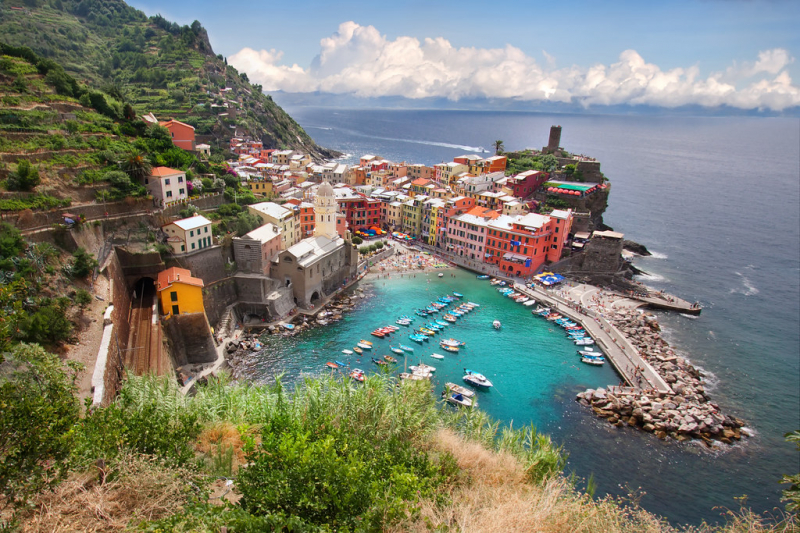
Photo on Flickr 
Photo on Wallpaper Flare -
As of August 9, 2023, Spain's current population stands at approximately 47.5 million, with an estimated mid-year population of 47.5 million. Spain's demographic presence represents 0.59% of the global population, making it the 32nd most populous nation, encompassing its core and dependent regions.
Spain showcases a population density of 95 individuals per square kilometer (247 per square mile), offering a relatively balanced distribution of inhabitants. Notably, 79.6% of Spain's population, totaling around 37.8 million people in 2023, resides in urban areas, reflecting the country's strong urbanization trend. The median age in Spain is 44.8 years, underscoring a population with a mix of experience and active contributors.
Spanning a total land area of 498,800 square kilometers (192,588 square miles), Spain offers diverse landscapes and a rich cultural heritage for its inhabitants. Its demographic weight, equivalent to 0.59% of the world's population, emphasizes Spain's significance on the global stage in terms of its demographics and cultural contributions to the world.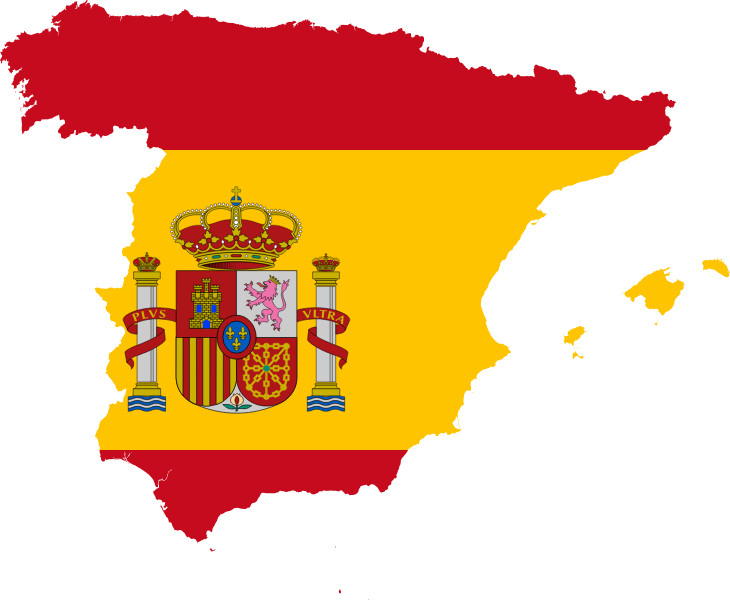
Photo on Wikimedia Commons 
Photo on Wallpaper Flare -
As of August 10, 2023, the current population of Ukraine stands at approximately 36.9 million, with a mid-year estimate of 36.7 million people. Ukraine's demographic presence constitutes 0.46% of the total global population, ranking it as the 41st most populous nation, encompassing both its core territories and dependencies.
Ukraine maintains a population density of 63 individuals per square kilometer (164 per square mile), indicating a relatively moderate distribution of residents across its expanse. Impressively, 81.9% of Ukraine's population, totaling around 30.1 million people in 2023, resides in urban areas, underscoring the nation's strong trend toward urbanization. The median age in Ukraine is 44.7 years, reflecting a populace with a blend of experience and active contributors.
With a vast land area spanning 579,320 square kilometers (223,677 square miles), Ukraine offers diverse landscapes and rich cultural heritage for its inhabitants. Its demographic weight, equivalent to 0.46% of the world's population, highlights Ukraine's importance on the global stage, both in terms of its demographics and its unique contributions to the world's cultural tapestry.
Photo on Annenberg Media 
Photo on Flickr -
Poland's current population is roughly 40.9 million as of August 10, 2023, with a mid-year estimate of approximately 41.0 million people. Poland's demographic presence accounts for 0.51% of the total global population, ranking it 37th in terms of population when both its major regions and dependencies are considered.
Poland has a population density of 134 people per square kilometer (347 people per square mile), indicating a relatively concentrated distribution of persons across the country. Notably, 55.2% of Poland's population, or around 22.7 million people in 2023, lives in cities, highlighting the country's level of urbanization. The median age of Poland is 40.0 years, indicating a population composed of both experienced persons and those of prime working age.
Poland has a total land area of 306,230 square kilometres (118,236 square miles), and it has a considerable impact on the worldwide population landscape. Poland's population, which accounts for 0.51% of the world's total population, demonstrates the country's prominence on the global stage, both in terms of demographics and cultural contributions.

Photo on Pixabay 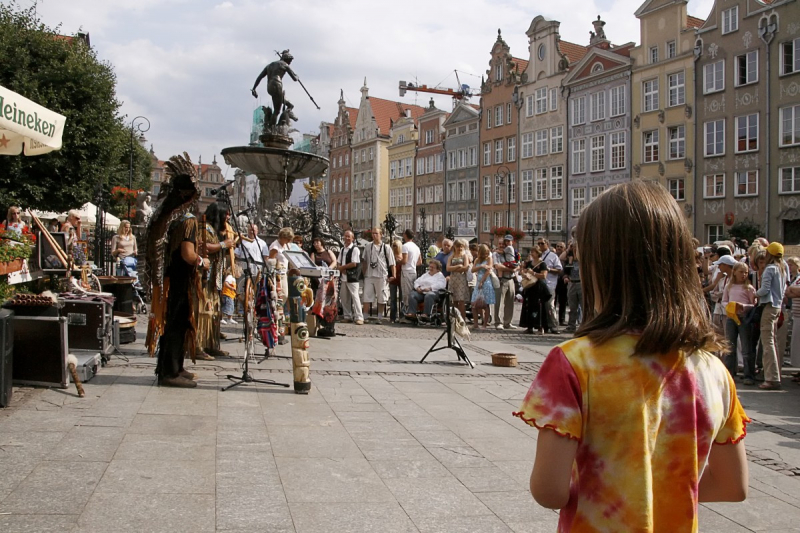
Photo on PxHere -
According to Worldometer's interpretation of the most recent United Nations data as of Thursday, August 10, 2023, the population of Romania is currently 19,862,597.
At the midpoint of the year, Romania's population is predicted to be 19,892,812 people.
The population of Romania represents 0.25 percent of the world's population. According to population, Romania is ranked number 64 among all countries (including dependent territories).Romania has an 86 per Km2 (224 per mi2) population density. The entire land area is 88,869 square miles or 230,170 Km2. Urban areas will contain 10.448,074 people, or 52.5% of the total population. In Romania, the average age is 41.3.
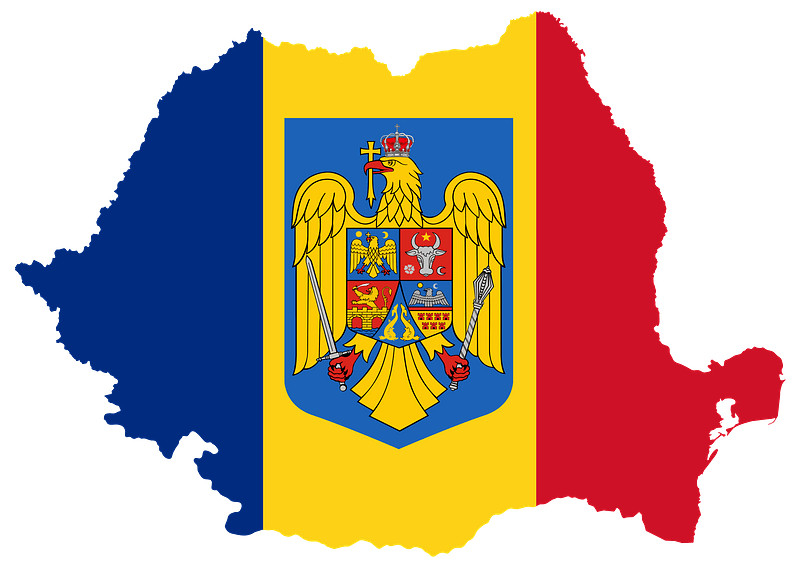
Photo on Creazilla 
Photo on Wikimedia Commons -
As of August 10, 2023, the current population of the Netherlands stands at approximately 17.6 million, with a mid-year estimate of around 17.6 million people. The Netherlands' demographic presence constitutes 0.22% of the global population, ranking it the 72nd most populous country when considering its core territories and dependencies.
The Netherlands boasts a high population density, with 522 individuals per square kilometer (1,353 per square mile), showcasing a concentrated distribution of residents across its relatively small land area. Impressively, 91.6% of the Netherlands' population, totaling approximately 16.1 million people in 2023, resides in urban areas, highlighting the country's strong urbanization trend. The median age in the Netherlands is 42.0 years, reflecting a population with a significant proportion in the working-age bracket.
The Netherlands is a compact yet influential nation with a total land area spanning 33,720 square kilometers (13,019 square miles). Its population, equivalent to 0.22% of the world's total population, emphasizes the Netherlands' importance on the global stage in terms of demographics and its significant contributions to various fields, including technology, trade, and culture.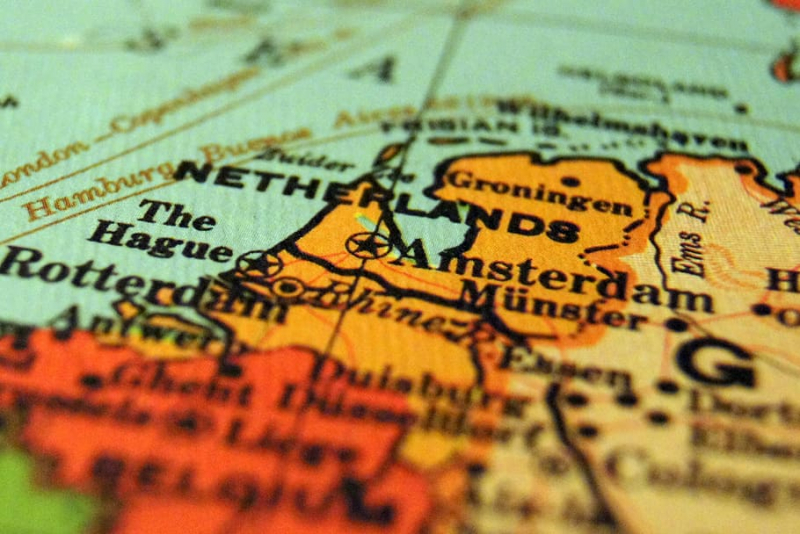
Photo on Wallpaper Flare 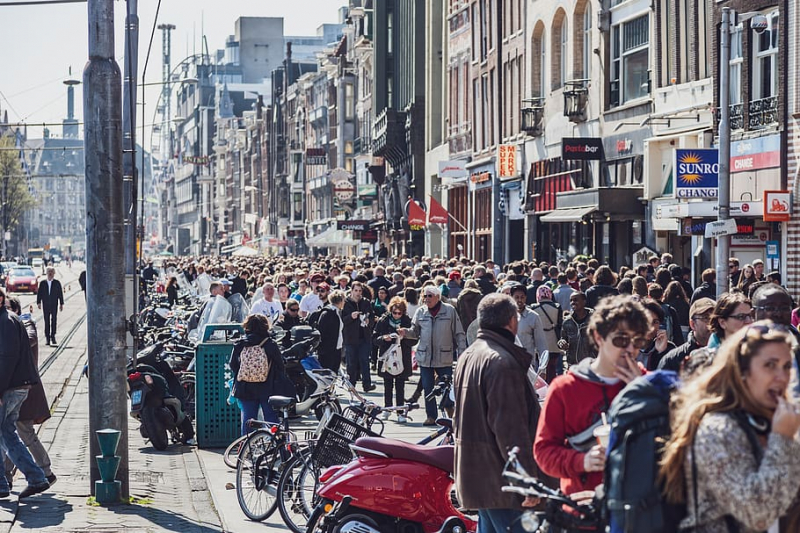
Photo on Pxfuel -
As of August 10, 2023, the vibrant country of Belgium is home to approximately 11.7 million people, with a mid-year estimate aligning closely. In the grand global tapestry, Belgium's population represents a modest 0.15%, earning it the 82nd spot in terms of headcount among all countries and dependencies.
Belgium thrives with a striking population density of 386 individuals residing within every square kilometer, painting a picture of tight-knit communities across its compact 30,280 square kilometers of land (that's around 11,691 square miles). Almost every corner of Belgium buzzes with urban life, with an impressive 98.7% of its population, a whopping 11.5 million folks, calling urban areas home.
The collective age in Belgium leans towards experience, with a median age of 41.3 years, symbolizing a balanced mix of seasoned individuals and those actively contributing to the nation's progress. Despite its relatively modest size, Belgium's significance on the global stage shouldn't be underestimated. As its population constitutes 0.15% of the world's total, Belgium remains a hub of cultural richness, international connectivity, and economic prowess.
Photo on Free SVG 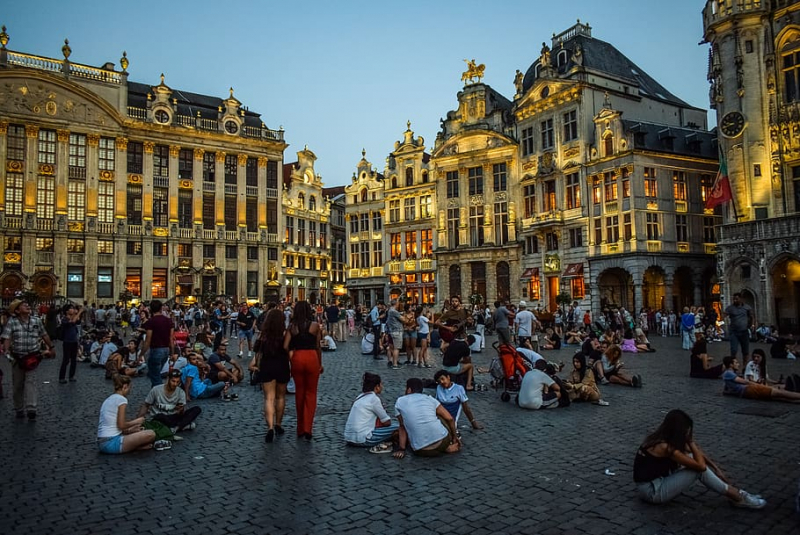
Photo on Pxfuel















